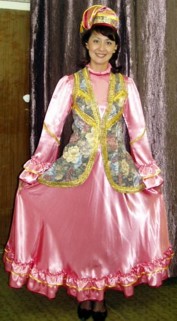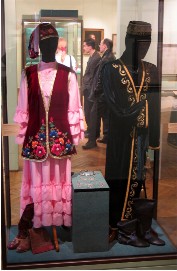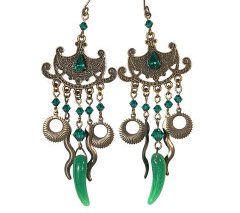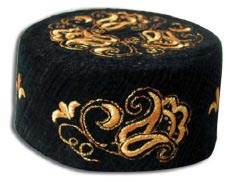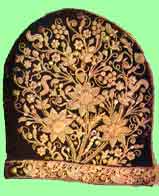|
| ||||||
|
|
||||||
|
| ||||||
|
National Costume
National costume completely reflects our history, traditions, customs and the whole spirit of the nation. By analysing the national costume we can learn more about the lifestyle, religion and ideals of physical beauty of our ancestors, climate of our motherland and trade routes of its people. Costume also shows the changes in a social and economic life. At the same time the costume tells us a lot about every person, his or her age and social position, character and taste. Now, let's have a look at the history of the Tatar national costume from the 8th up to now. In the 8th - 15th centuries the people of Volga The late medieval period of the Tatar costume brought some changes in its style: men's clothes became shorter, women's clothes became longer. Women's coats became more decorated with jewellery and rich in colours. Leather richly decorated boots and shoes were both popular with men and women The changes in the costume of the first part of the 19th century were influenced by growing trade traditions with the Eastern countries and the industrial development of the tsarist woe made of bright mnlhcoioured silk or satin of oriental origin. Beshmet coats, fur coats wrere fashionable as well. Men wore "takyas" as a headdress. For women a heavy ¦ kashpau", covered with coins, was traditional. Women's jewellery of that time indicated the social position of a family. It was given from one generation to another. The jewellery was usually made of silver or gold with precious or semi-precious stones. At present the elements of the national costume are mostly found in the clothes of people in villages. Anyway, modern designers take some ideas for their new collections from the past. National traditions are getting more and more popular and can be seen at the best fashion shows in the world.
| ||||||
|
| ||||||
| Сайт создан по технологии «Конструктор сайтов e-Publish» | ||||||

